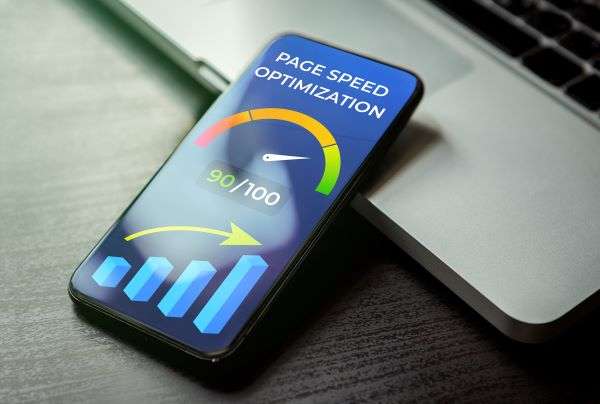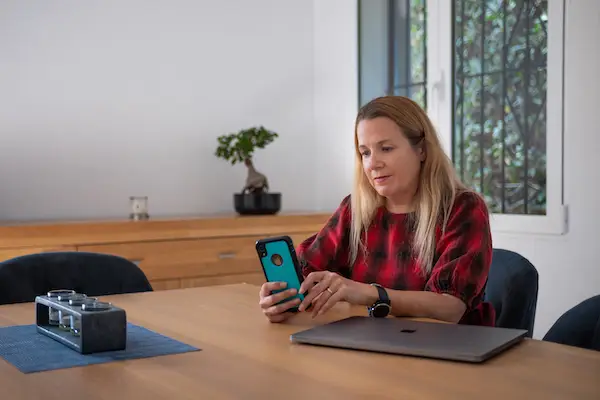
Maximising Your Blog’s Reach: A Guide to Driving Google Web Traffic
In today’s digital age, creating compelling content is not enough; you need to optimise it for search engines to ensure maximum visibility. With millions of blogs competing for attention, understanding the strategies to rank higher on Google’s search results is crucial. In this article, we will guide you through the essential steps to craft a blog post that not only captivates your audience but also drives organic traffic to your website. From keyword research to on-page optimisation techniques, we will provide you with actionable tips to boost your blog’s visibility and ultimately increase your web traffic.
Keyword Research: Lay the Foundation
Keywords play a crucial role in search engine optimisation (SEO) as they are the specific words and phrases that users enter into search engines when seeking information. To effectively target your desired audience and drive organic traffic to your blog post, it is essential to conduct thorough keyword research. This can be done using various tools such as Google Keyword Planner, SEMrush, or Ahrefs. The goal is to choose relevant keywords with a moderate to high search volume and incorporate them naturally throughout your content. However, it is equally important to strike a balance between keyword optimisation and maintaining the readability and flow of your blog post. By doing so, you can increase your chances of attracting web traffic from Google.
Compelling Titles and Meta Descriptions
The title and meta description are the first elements that users see on a search engine results page. To make a strong impression, create a captivating title that accurately represents your content and incorporates your primary keyword. The meta description should serve as a concise preview, enticing readers to click through and explore your post further. It’s important to strike a balance between being informative and intriguing, ensuring that the meta description accurately reflects what readers can expect from your post. By mastering these elements, you can increase your chances of attracting web traffic from Google and reaching a wider audience.
Quality Content
In order to increase blog traffic, you need to provide content that is not only optimised for search engines but also resonates with your target audience. Remember, search engine optimisation (SEO) alone cannot make up for low-quality content. Focus on creating informative and engaging posts that address your readers’ pain points and provide unique insights. By answering their questions and offering valuable information, you can keep your audience engaged and encourage them to spend more time on your page. This can lead to lower bounce rates and higher rankings in search engine results. So, invest time and effort in crafting high-quality content that is relevant and valuable to your readers.
Headers and Formatting
Break your content into easily digestible chunks using headers such as H1, H2, H3, and so on. These headers not only enhance the readability of your post but also provide a clear structure for search engines to understand the topic of your content. It is important to incorporate your relevant keywords into these headers to reinforce the relevance of your topic and improve your chances of ranking higher in search results. By following this practice, you can make your content more appealing to both readers and search engines, ultimately driving more organic traffic to your blog.
Internal and External Linking
Internal linking and external linking are essential strategies for improving the authority and credibility of your blog post. Internal linking involves linking to other relevant pages on your own website, allowing readers to easily navigate through your content and improving search engine visibility. On the other hand, external linking involves referencing credible sources outside of your domain, demonstrating that your content is built on knowledge and research beyond your own expertise. When incorporating links, it is important to use descriptive anchor text that provides context to both readers and search engines. This helps search engines understand the content hierarchy and improves the overall user experience. By utilising both internal and external linking effectively, you can enhance the credibility of your blog post and establish yourself as a trustworthy source of information.
Optimise Images
Images play a significant role in enhancing the visual appeal and user engagement of a blog post. However, if not optimised, they can negatively impact the loading speed of your page. To address this, it is recommended to use compressed images that are optimised for web use. Additionally, adding descriptive alt text to your images, which includes relevant keywords, not only benefits users with visual impairments but also contributes to image SEO. By implementing these practices, you can ensure that your blog post remains visually appealing while maintaining optimal loading speed.
Mobile-Friendly Design
Additionally, optimise your blog post for mobile SEO by using responsive design. This approach allows your content to adapt seamlessly to different devices, providing a consistent user experience. Responsive design reduces errors, simplifies maintenance, and saves resources. Remember that mobile searches have different semantics than desktop searches, so consider the user’s context when crafting your content. People on the go may be more distracted and prone to making typos, so make your blog post easily scannable and user-friendly. By prioritising mobile optimisation and creating a seamless user experience, you can attract more mobile traffic and improve your search engine rankings.
Page Loading Speed
Improving your website’s page load time is crucial in reducing bounce rates and enhancing user experience. Slow-loading pages can frustrate visitors and cause them to leave quickly. To address this, you can utilise tools like Google PageSpeed Insights to evaluate your page’s loading speed and receive recommendations for optimisation. Compressing images, minimising CSS and JavaScript, and leveraging browser caching are effective techniques to boost loading times. By implementing these strategies, you can create a smoother and more efficient browsing experience for your audience, ultimately reducing bounce rates and increasing engagement on your website.
Post Length and Depth
By creating posts that are at least 1,000 words long, you have the opportunity to delve deep into a topic and showcase your expertise. However, it’s important to prioritise value over length. Focus on providing in-depth information that answers your audience’s questions and offers valuable insights. This approach not only attracts backlinks and social shares, but also enhances your overall SEO strategy. Remember, long-form content can take various forms, such as podcasts, tutorials, and webinars, so choose the format that best suits your target audience and aligns with your marketing objectives.
Promote and Share
To effectively promote your blog and increase traffic, utilise social media and email marketing. Share your blog posts on platforms like Facebook, Twitter, and Instagram, and encourage readers to engage with your content by commenting and sharing. Building an email list and featuring relevant blog posts in newsletters is another powerful strategy. Additionally, consider paid social advertising to quickly boost traffic, but be sure to have a solid understanding of advertising strategies. Collaborating with guest posters and engaging in cross-promotion can also help expand your reach and attract new readers. Ultimately, by leveraging social signals and user engagement, you can improve your blog’s relevance and authority in the eyes of search engines like Google.
SEO is an essential aspect of any successful online presence. It plays a vital role in driving organic traffic, improving website visibility, and increasing brand awareness. By implementing effective SEO strategies, businesses can rank higher in search engine results pages, attract more qualified leads, and ultimately boost their revenue. However, it’s important to remember that SEO is an ongoing process that requires continuous monitoring, analysis, and adaptation. Staying up-to-date with the latest trends and algorithm changes is crucial to maintaining a competitive edge. Whether you’re a small business owner, a digital marketer, or a content creator, investing in SEO is a wise decision that can yield long-term benefits.







